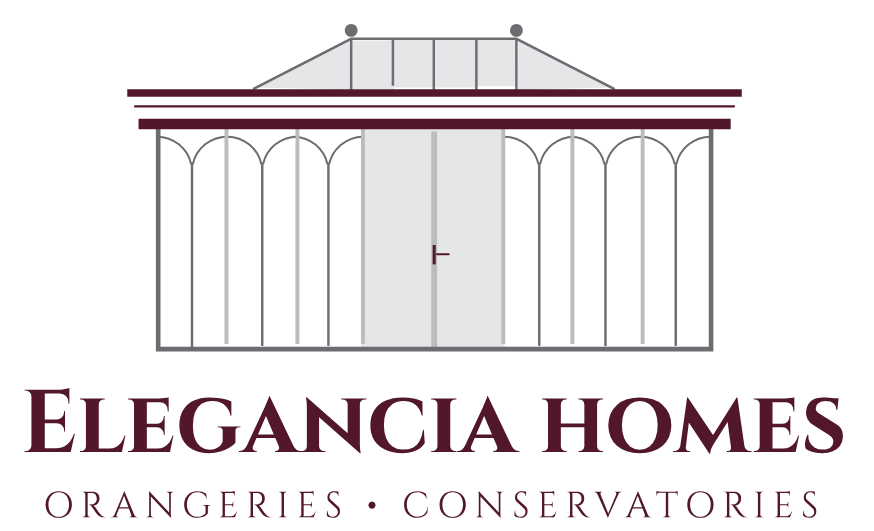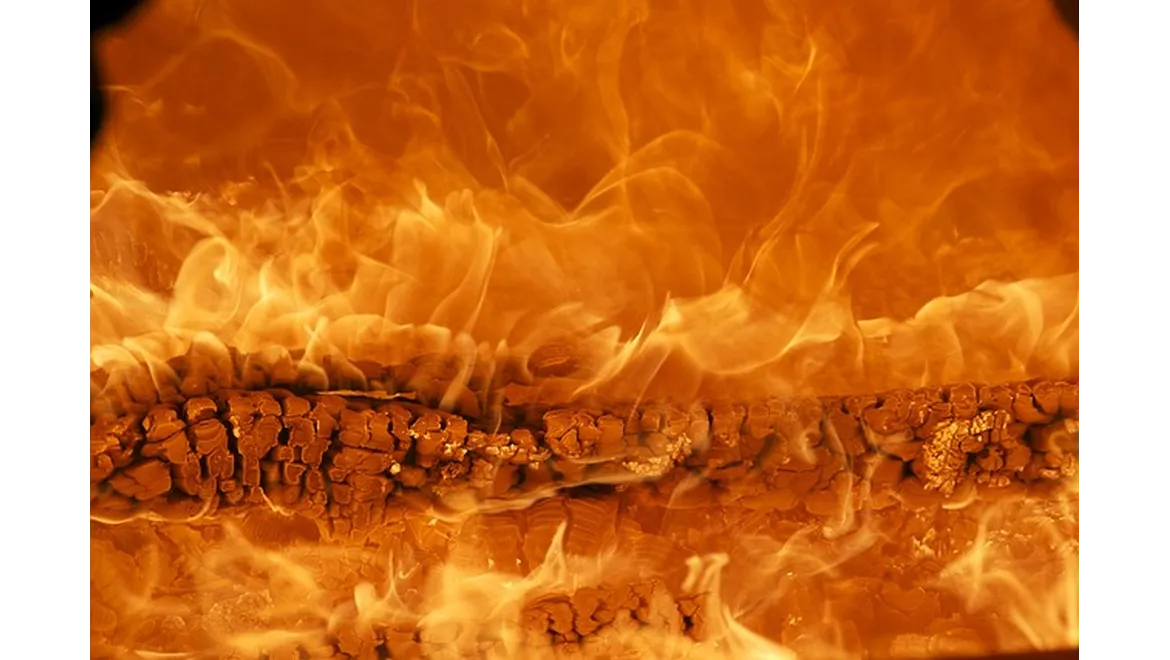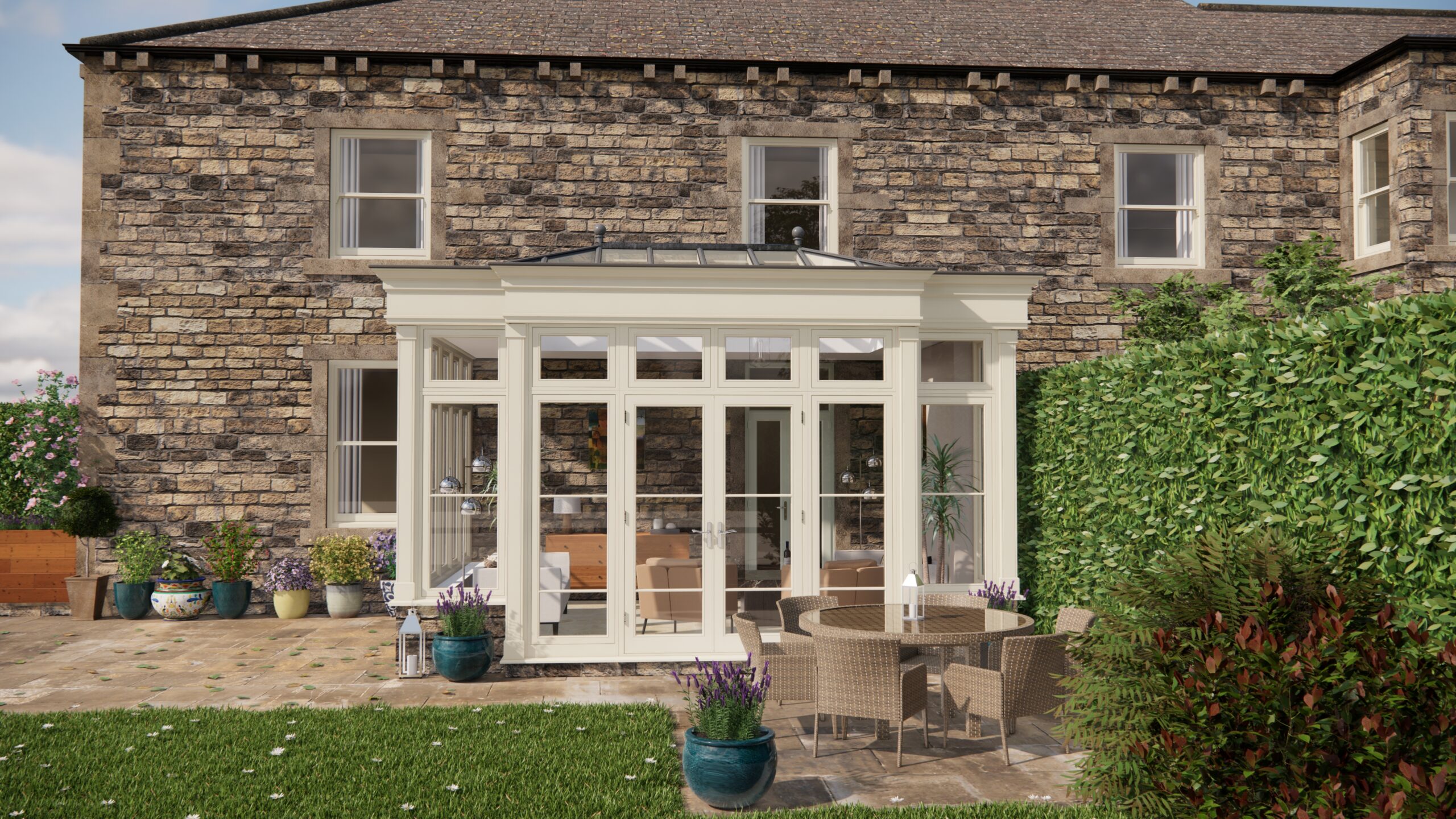Right, so I’ve been delving into all things orangery and outbuilding construction lately – from the perfect Cotswold stone to navigating listed building consent. But one thing kept popping up: heating. Forget admiring the view if you’re shivering! So, I decided to chat with Kate, a heating engineer with a knack for explaining things in plain English, about boiler choices for these glorious glass structures.
“Kate, thanks for chatting! Let’s say I’m building a beautiful orangery. What’s the first thing I should consider when picking a boiler?”
Kate smiled. “Size matters, quite literally. It’s not just about the square footage, think about heat loss. Orangeries are often mostly glass, which, while beautiful, isn’t the best insulator. A heat loss calculation is crucial. A qualified heating engineer (like me!) can work this out accurately, taking into account the orientation of the orangery (how much sun it gets), the type of glass used, and the desired temperature.”
Okay, got it. So, before even looking at boilers, I need to understand how much heat the space needs to stay toasty. Makes sense. We then moved on to fuel types. I always thought gas was the only option.
“Gas is common, especially if you already have a mains connection,” Kate explained. “It’s generally quite efficient. But oil, electricity, and even biomass boilers are viable depending on your property and priorities. Oil can be an option where gas isn’t available, but it does require a storage tank. Electric boilers are easy to install but can be more expensive to run, especially with current energy prices. Biomass, like wood pellets, is more eco-friendly but needs space for fuel storage and a more involved cleaning process.”
We then talked about efficiency. “That’s where things like condensing boilers come in,” Kate said. “Modern condensing boilers are incredibly efficient. They recover heat from the exhaust gases that would otherwise be lost, meaning you get more heat for your money. Look for boilers with a high ErP (Energy-related Products) rating. It’s a legal requirement for new installations to be condensing boilers in most cases anyway.”
I was curious about underfloor heating – it seems like the perfect match for an orangery.
“Absolutely! Underfloor heating provides a lovely, even heat distribution, which is ideal for large spaces like orangeries. It also runs at a lower temperature than radiators, making it a great partner for a condensing boiler. It can be installed within the floor screed and you would choose a boiler with a lower flow temperature.”
But what about older properties, especially listed buildings? This is where I get nervous about planning permission and regulations.
“That’s a really important point,” Kate emphasised. “Listed buildings have extra considerations. You might be restricted in terms of what type of boiler you can install and where you can place it. The same goes for ventilation; you can’t just punch holes in walls without consent. Modernising the heating system might require sympathetic solutions that respect the building’s character. Always consult with your local planning authority and a qualified heritage consultant before starting any work. They’ll advise on what’s permissible and what building regulations apply.”
Finally, we touched on ventilation. Orangeries can get stuffy, especially in summer.
“Ventilation is key for year-round comfort,” Kate stated. “Natural ventilation, like opening windows and vents, is a simple and effective option. For a more controlled environment, consider mechanical ventilation with heat recovery (MVHR). This system extracts stale air and brings in fresh air, recovering heat in the process. It’s energy-efficient and helps prevent condensation, which can be a big problem in humid spaces.”
So, what are the key takeaways? It’s all about a measured approach. First, get that heat loss calculation done. Second, weigh up the fuel options, considering cost, convenience, and environmental impact. Third, go for a high-efficiency boiler, ideally a condensing model, to save money and reduce your carbon footprint. Fourth, if possible, think about underfloor heating for even heat distribution. And, of course, always check planning requirements and building regulations, especially if you have a listed building.
Ultimately, the ‘right’ boiler is the one that’s perfectly matched to your orangery’s specific needs and your property’s unique circumstances. It’s a decision best made with the help of a professional like Kate, who can guide you through the options and ensure you’re making the most efficient and compliant choice.


